Aston Martin heads in a new direction with first SUV
Five years in the making, the DBX is the iconic manufacturer's answer to SUV demand

If you’d have canvassed the typical supercar owner a decade ago, chances are that the idea of an off-roading Aston Martin didn’t feature on anyone’s wish list. However, as Britain’s most famous sports car manufacturer is all too happy to acknowledge, times have changed. Whatever we think of big cars, they dominate the contemporary market. No manufacturer can afford not to have a crossover or SUV in its line-up, whether it’s a mass-market model or a seriously premium machine.
Aston Martin’s answer to automotive upscaling is DBX. Over five years in the making, DBX was designed and developed during a feverish period for the company and the industry as a whole. Covid-19 has decimated production and sales across the board, while AM has weathered a financial storm and been bolstered by the arrival of a new CEO, Tobias Moers, formerly of Mercedes-AMG. In some quarters, DBX is being heralded as a latch-ditch saviour, but that’s slightly hyperbolic. It is true that the new car required a new platform and new factory (at St Athan in Wales), and it’d certainly be nice to recoup the hundreds of millions spent on development.
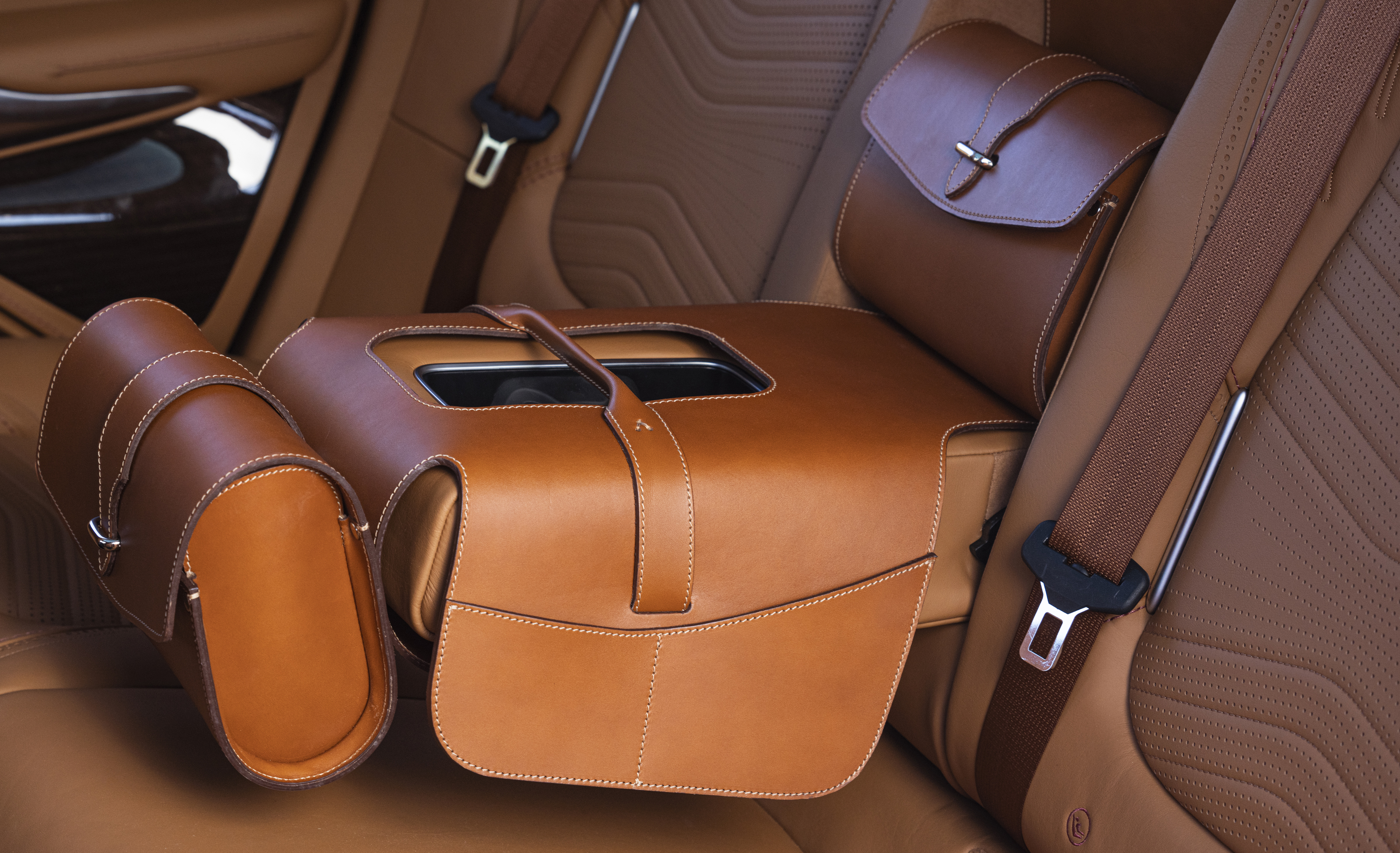
Aston Martin DBX Saddle Bag
But rather than represent a sign of desperation, DBX is more far-sighted. As we noted, car buyers want SUVs. There is an inherent contradiction between the urgent need to minimise the eco-footprint of the auto industry and consumers’ seemingly insatiable desire for bigger and bigger cars. The silver lining is that bigger platforms are a better fit for the hybrid and battery tech that’ll smooth the transition to pure electric cars. The cloud that continues to loom is that although bigger, heavier cars are cleaner than ever before, they’ll always be less efficient than small, lighter ones.
For now, the world of luxury still demands a certain heft. DBX has been meticulously proportioned and detailed so that a good deal of its weight is masked, like a well-cut suit. On the road, the combination of power, active systems and dynamic feedback all conspire to make the car feel much smaller than it actually is. The long wheelbase helps, creating short overhangs, with large wheels that minimise the scale of the body (its close competitor, Bentley’s Bentayga, is a long car with a slightly shorter wheelbase, which does it no favours in terms of looks). DBX also has a socking great example of Aston’s famous grille, just one of several key details that (successfully) give this car its essential dose of brand identity.

The interior makes the most of the added volume; this is the first time an Aston Martin has ever been able to seat five adults and their luggage. On the road, the clever engineering does indeed ‘shrink’ the car around you, although you’re never going to mistake it for anything but a substantial GT. Still, it feels smaller than immediate rivals like the Porsche Cayenne Turbo, the Lamborghini URUS and the Bentley Bentayga. It certainly drives more like a sports car than some of its peers. The seating position is relatively low (although the view is still commanding) and the weight and feel of the steering is quick and reactive. There’s none of the lorry-like feedback you get from higher-riding rivals at low speed.
If truth be told, DBX suffers slightly in a straight performance comparison with these other cars, even though its own stats go far beyond what can be achieved anywhere other than an empty autobahn or a stretch of private desert road. As a cross country machine DBX is superb, cruising in effortless near silence with a fluid, gliding ride. Suspension can raised or lowered depending on the terrain, but some words of caution – this is not a city car, or rather, it is not a car for European cities. Give it the broad pavement, wide open spaces and valet parking of the States instead.
To be blunt, this car is about winning beauty contests, not top trumps. Of all the cars in this sector, DBX has a credible claim to being the best looking. Although the Bentley’s cabin is a more traditionally luxurious, you can delve deep into Aston Martin’s almost limitless options (both off the shelf and through the company’s Q by Aston Martin personalisation service) to transform DBX into anything from a high-tech-infused gothic cruiser through to a Jermyn Street dandy. The tastefulness of the result is entirely up to you. As a first foray into an unfamiliar space, Aston Martin DBX is a triumph, a machine that puts the Sport back into SUV while keeping brutishness at bay.
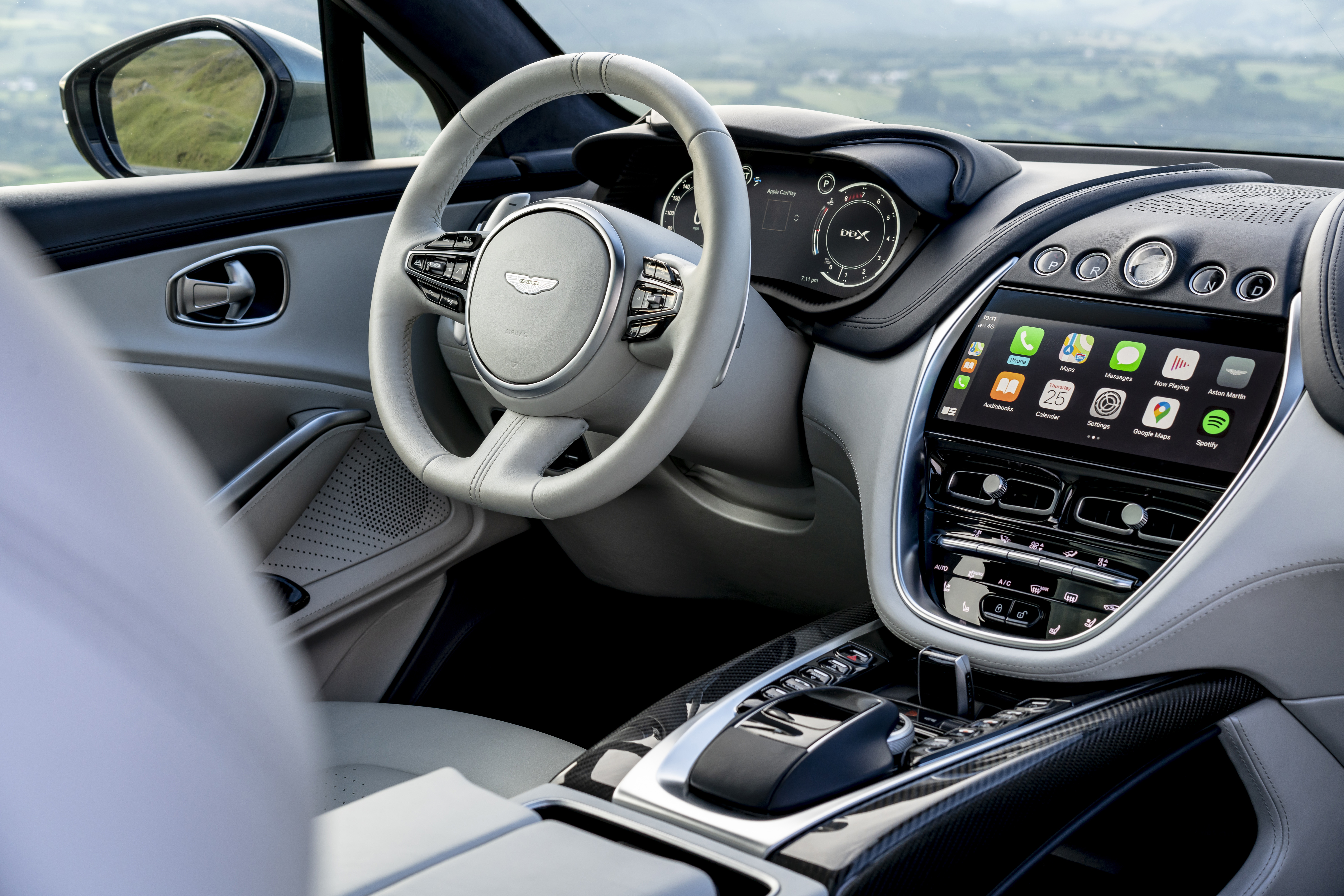
Aston Martin DBX stirling green interior

Aston Martin DBX stirling green interior
INFORMATION
Receive our daily digest of inspiration, escapism and design stories from around the world direct to your inbox.
Jonathan Bell has written for Wallpaper* magazine since 1999, covering everything from architecture and transport design to books, tech and graphic design. He is now the magazine’s Transport and Technology Editor. Jonathan has written and edited 15 books, including Concept Car Design, 21st Century House, and The New Modern House. He is also the host of Wallpaper’s first podcast.
-
 This modern Clapham house is nestled indulgently into its garden
This modern Clapham house is nestled indulgently into its gardenA Clapham house keeps a low profile in South London, at once merging with its environment and making a bold, modern statement; we revisit a story from the Wallpaper* archives
-
 The new Tudor Ranger watches master perfectly executed simplicity
The new Tudor Ranger watches master perfectly executed simplicityThe Tudor Ranger watches look back to the 1960s for a clean and legible design
-
 This late-night hangout brings back 1970s glam to LA’s Sunset Boulevard
This late-night hangout brings back 1970s glam to LA’s Sunset BoulevardGalerie On Sunset is primed for strong drinks, shared plates, live music, and long nights
-
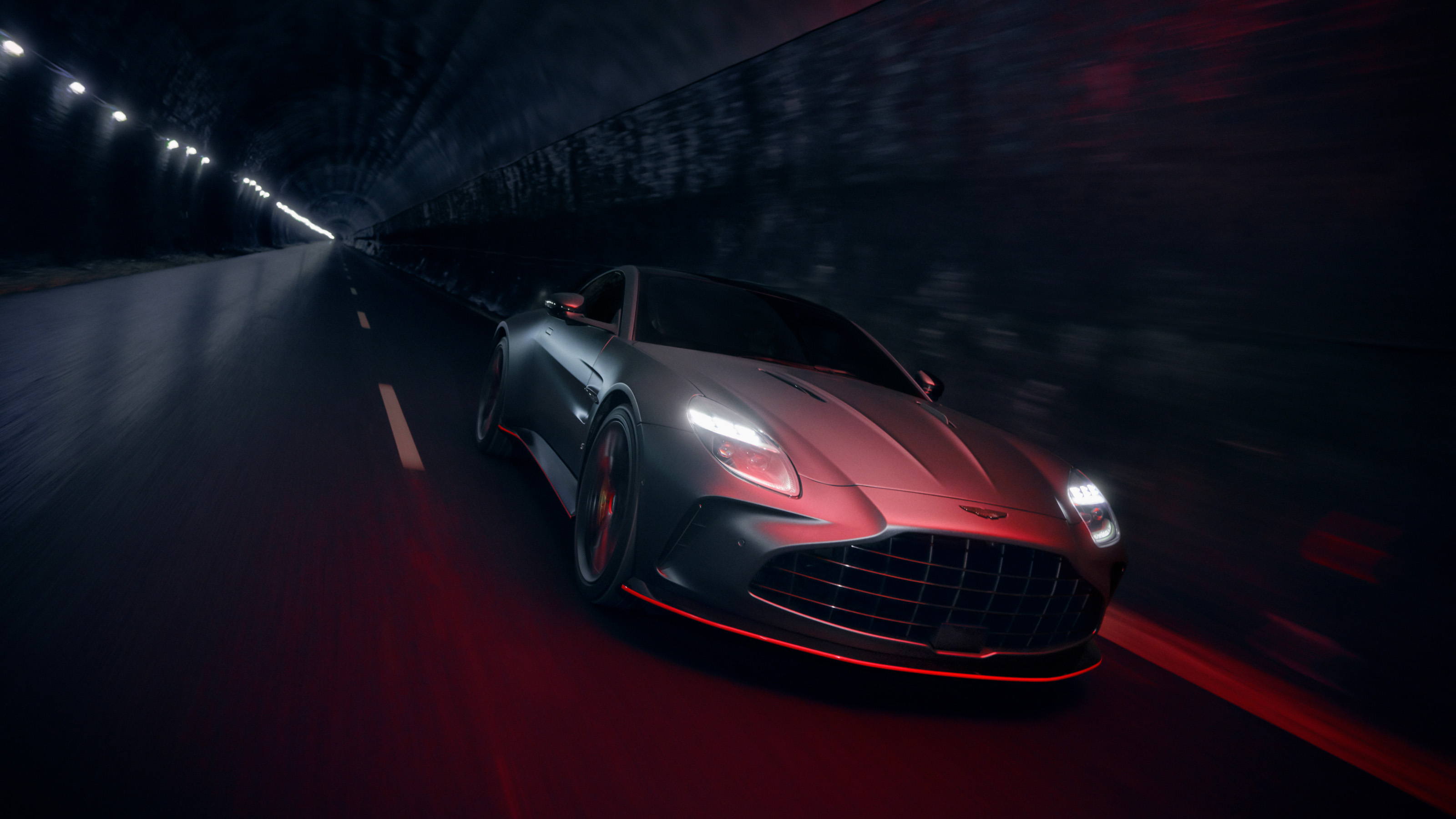 Aston Martin goes goth, ramping up power, poise and dark glamour with the new Vantage S
Aston Martin goes goth, ramping up power, poise and dark glamour with the new Vantage SThese moody images mark the debut of the latest model out of Gaydon, the dynamically focused Aston Martin Vantage S
-
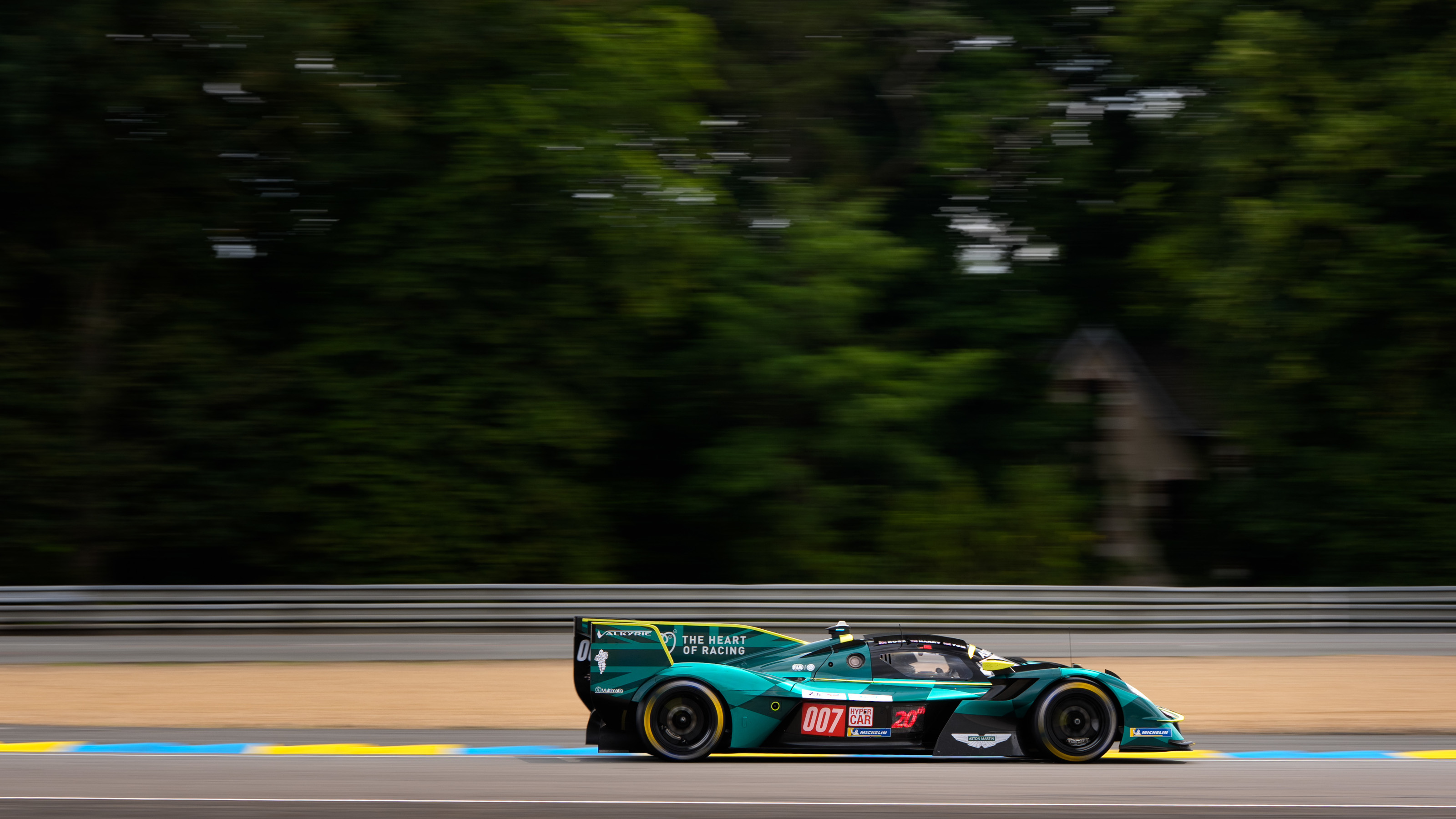 The Valkyrie returns Aston Martin to top-level Le Mans competition
The Valkyrie returns Aston Martin to top-level Le Mans competitionWallpaper* went trackside to witness the Aston Martin Valkyrie's impressive showing at the 24 Hours of Le Mans 2025
-
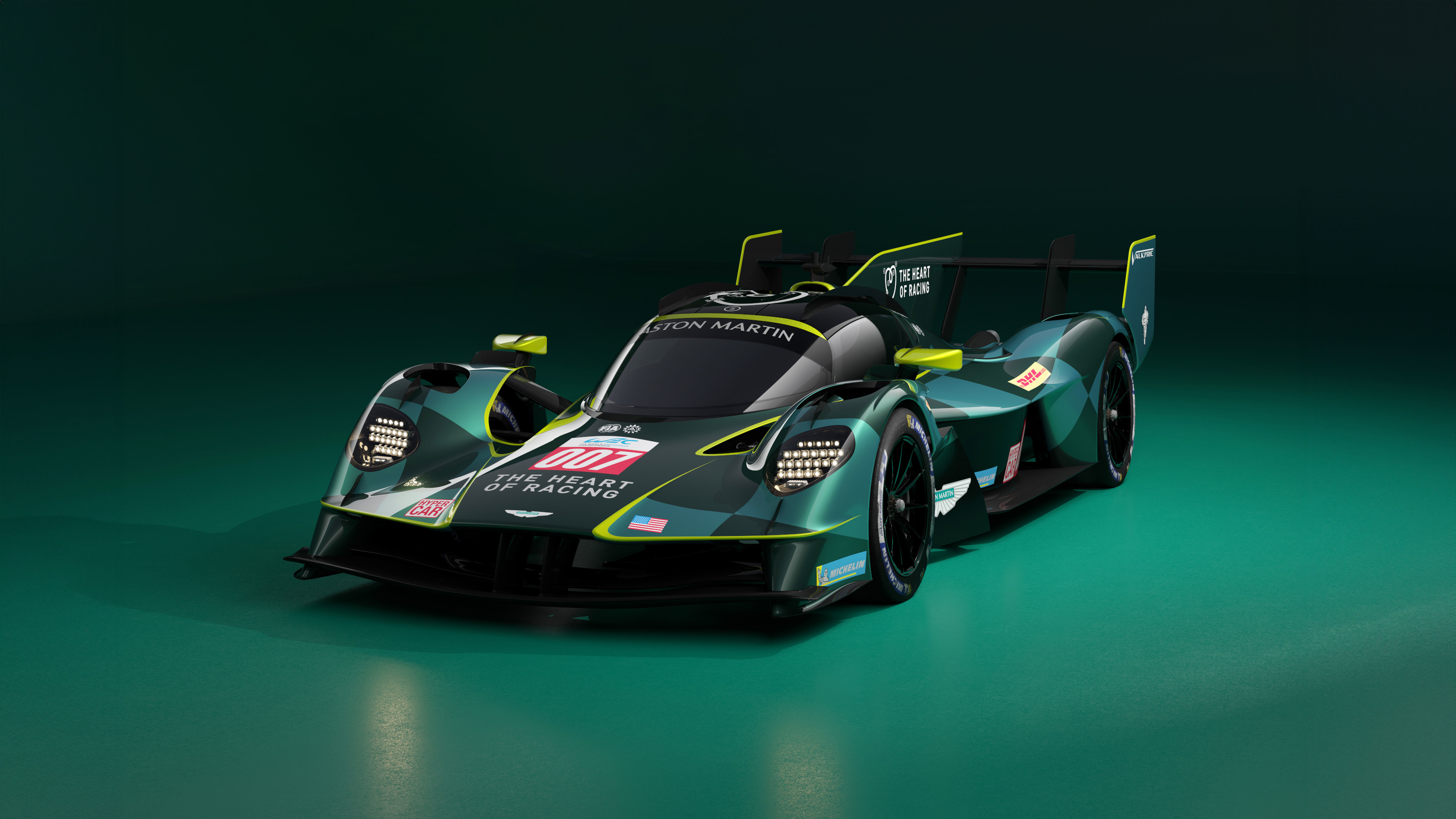 Aston Martin reveals first ever racing variant of its extreme Valkyrie hypercar
Aston Martin reveals first ever racing variant of its extreme Valkyrie hypercarAiming to conquer Le Mans, as well as other endurance races around the world, Aston Martin and The Heart of Racing unveil the track-focused Valkyrie WEC and IMSA challenger
-
 The new Aston Martin Vantage Roadster gives you an elemental experience
The new Aston Martin Vantage Roadster gives you an elemental experienceEvery statistic about the new Vantage Roadster screams speed; this is a convertible for those in a hurry and unafraid to make a noise about it
-
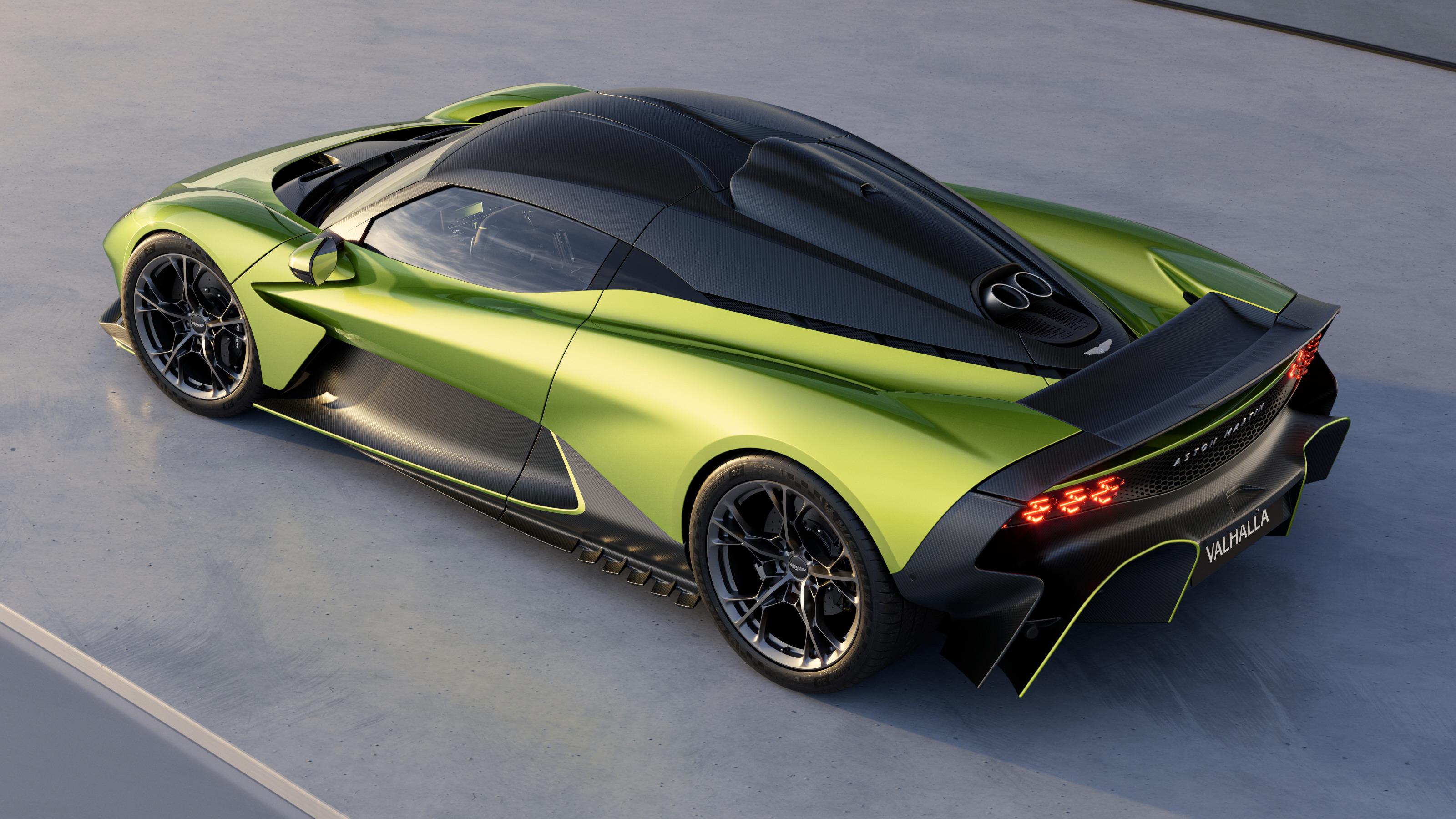 Raise your horns: Aston Martin’s Valhalla blends race-car dynamics and high-tech craft
Raise your horns: Aston Martin’s Valhalla blends race-car dynamics and high-tech craftValhalla is the first ever mid-engine series production Aston Martin, a hybrid V8 limited to 999 units
-
 Aston Martin bring the Midas touch to their super tourer with the DB12 Goldfinger Edition
Aston Martin bring the Midas touch to their super tourer with the DB12 Goldfinger EditionReleased in honour of the sixtieth anniversary of the iconic James Bond film, Aston Martin has gone all out to the DB12 Goldfinger Edition a worthy collector’s item for high rolling film fans
-
 The new V12-powered Aston Martin Vanquish arrives to conquer the world of luxury GT cars
The new V12-powered Aston Martin Vanquish arrives to conquer the world of luxury GT carsThe luxury British marque’s new Vanquish flagship is absolutely, positively, definitely, its final flirtation with V12 power. Or is it?
-
 Could a car be any more muscular? Aston Martin unleashes the bold and brutalist Valiant
Could a car be any more muscular? Aston Martin unleashes the bold and brutalist ValiantEquipped with a V12 engine, manual gearbox and chiselled bodywork, the limited-edition Aston Martin Valiant is the company’s most extreme front-engined road car to date